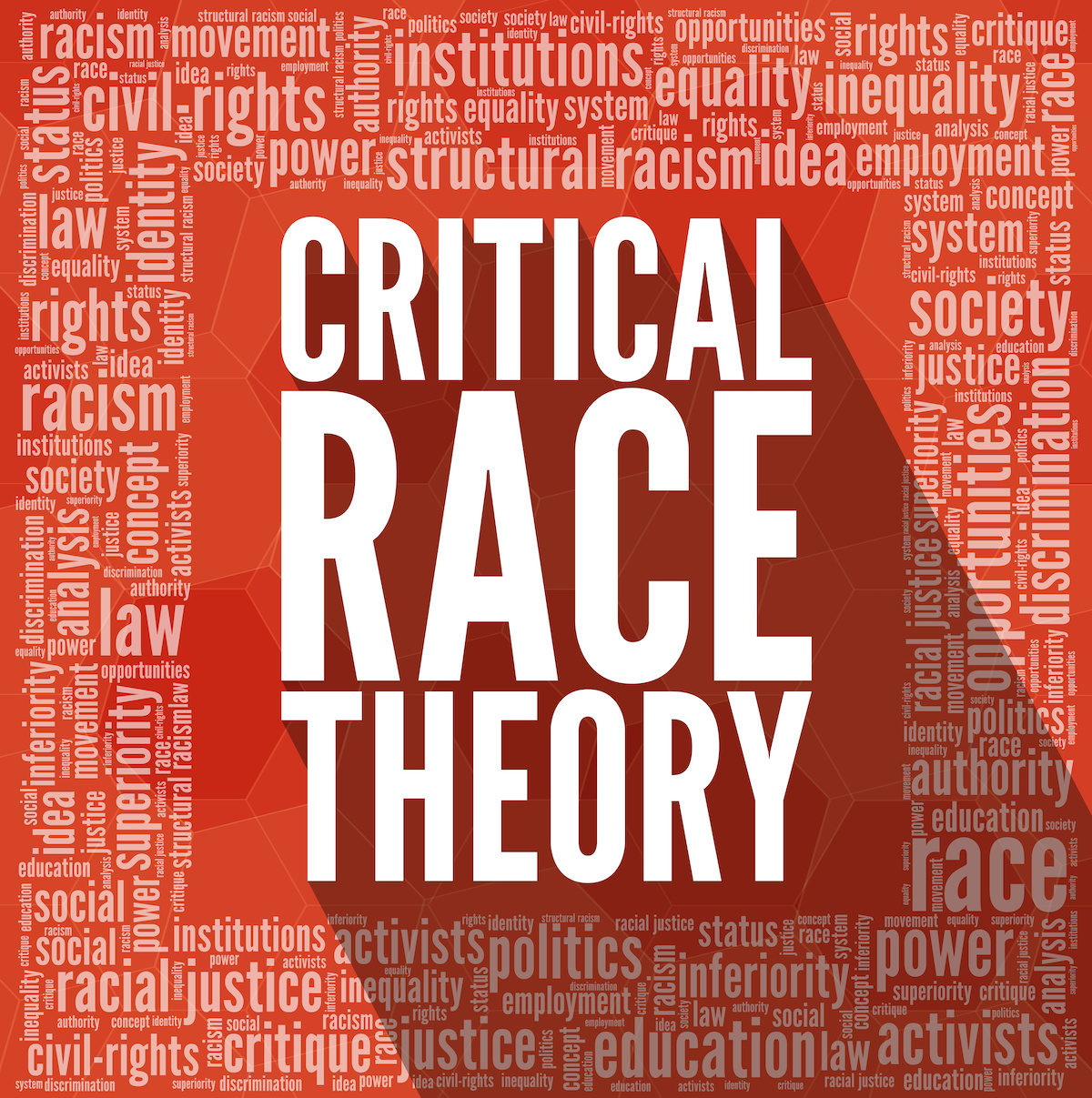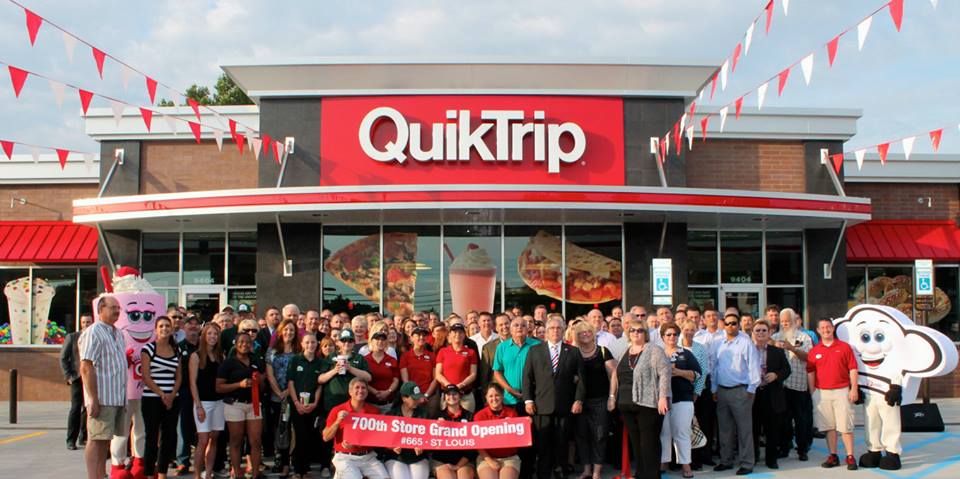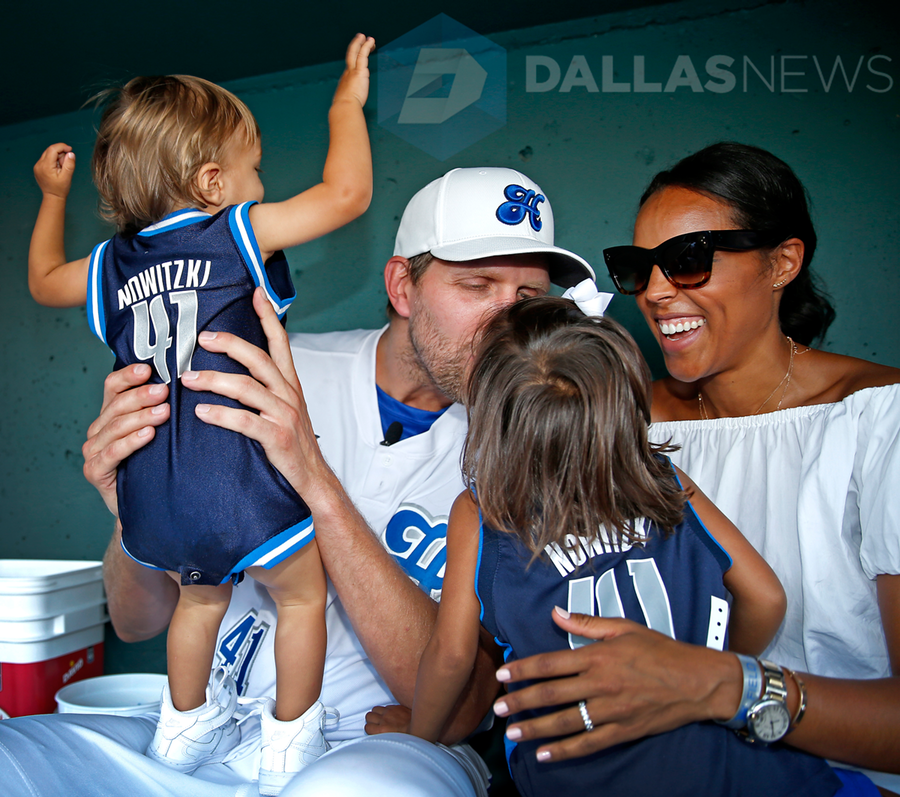
Stephen Sawchuk
Education Week
ILLUSTRATION
The Oklahoma Eagle
Is “critical race theory” a way of understanding how American racism has shaped public policy, or a divisive discourse that pits people of color against white people? Liberals and conservatives are in sharp disagreement.
The topic has exploded in the public arena this spring—especially in K-12, where numerous state legislatures are continually debating bills seeking to ban its use in the classroom.
In truth, the divides are not nearly as neat as they may seem. The events of the last decade have increased public awareness about things like housing segregation, the impacts of criminal justice policy in the 1990s, and the legacy of enslavement on Black Americans. But there is much less consensus on what the government’s role should be in righting these past wrongs. Add children and schooling into the mix and the debate becomes especially volatile.









